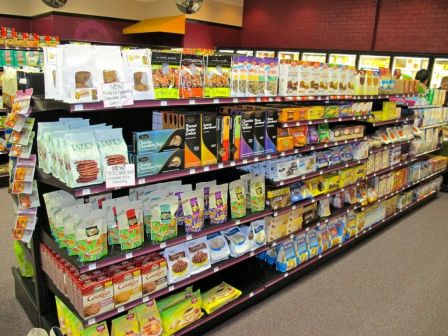
To Be Filed Under Grapes You've Probably Never Heard Of... So a couple of posts ago I noted how I checked out a tasting seminar of the Vins du Sud Ouest (IVSO) (aka the wines of the South West of France). And along with learning about wine acronyms, I learned that there are a lot of grapes out there that I have never heard of. So for anyone looking to expand their wine vocab here are five varietals that are not Pinot Noir or Cabernet Sauvignon.
PS The Above photo from the appellation of Madiran (where the main grape varietal is the below mentioned Tannat).
Tannat
Tannat is grown in the Basque country, most notably in the tiny appellation of Irouléguy, on the Spanish border. In 1870, Basque immigrants brought the grape to Uruguay, where it adapted perfectly to the local soil and climate. It has since become the national red grape variety of Uruguay, accounting for approximately one third of all wine produced in that country; more Tannat is grown in Uruguay than in the varietal’s native France. Tannat makes decidedly robust wines, with pronounced aromas of smoke and plum, significant tannins and a wonderfully spicy finish.
Malbec
The Malbec has been grown in the valley of Cahors for more than 2000 years. It is the on the terroir of the Lot River that Malbec finds its optimal condition to give its maximum of potential. The varietal is an easy growing grape but is extremely sensitive to its natural environment: soil, microclimate, length of sunshine, microclimate, etc. Malbec is typically a medium to full-bodied red wine. Ripe fruit flavors of plums and blackberry give it a jammy characteristic. The tannins are rustically woody and earthy.
Colombard
First used to make Cognac although not as popular for that purpose as Ugni Blanc and Baco Blanc. The Colombard has a high natural acidity making it a good choice for blends. Prone to rot and powdery mildew, the Colombard was the most widely planted grape in California until the early 1990s where it was often used as a base for jug wines. It is also an important varietal in South Africa though decreasingly so and is now being grown in the hotter growing regions in Texas. If given the proper treatment, Colombard can produce crisp whites with citrus fruits (lime and grapefruit), along with green apple and grassy flavors with a soft minerality.
Négrette
Négrette is a direct descendant of Mavro rootstock, a grape variety cultivated extensively on the island of Cyprus. It is said it was brought to France from the island by knights returning home from the Crusades. In California the vine is known as Pinot St-George. Négrette’s color ranges from deep plum to eggplant and it's flavors include rich plum, sour cherry, peony, violet and licorice.
Braucol
Also called Fer Servadou, the name refers to the iron-hard woodiness of the vine. Braucol produces a wine high in color, full bodied and rustic. Flavor characteristics include blackcurrant, raspberry, crumpled leaves and red pepper.

